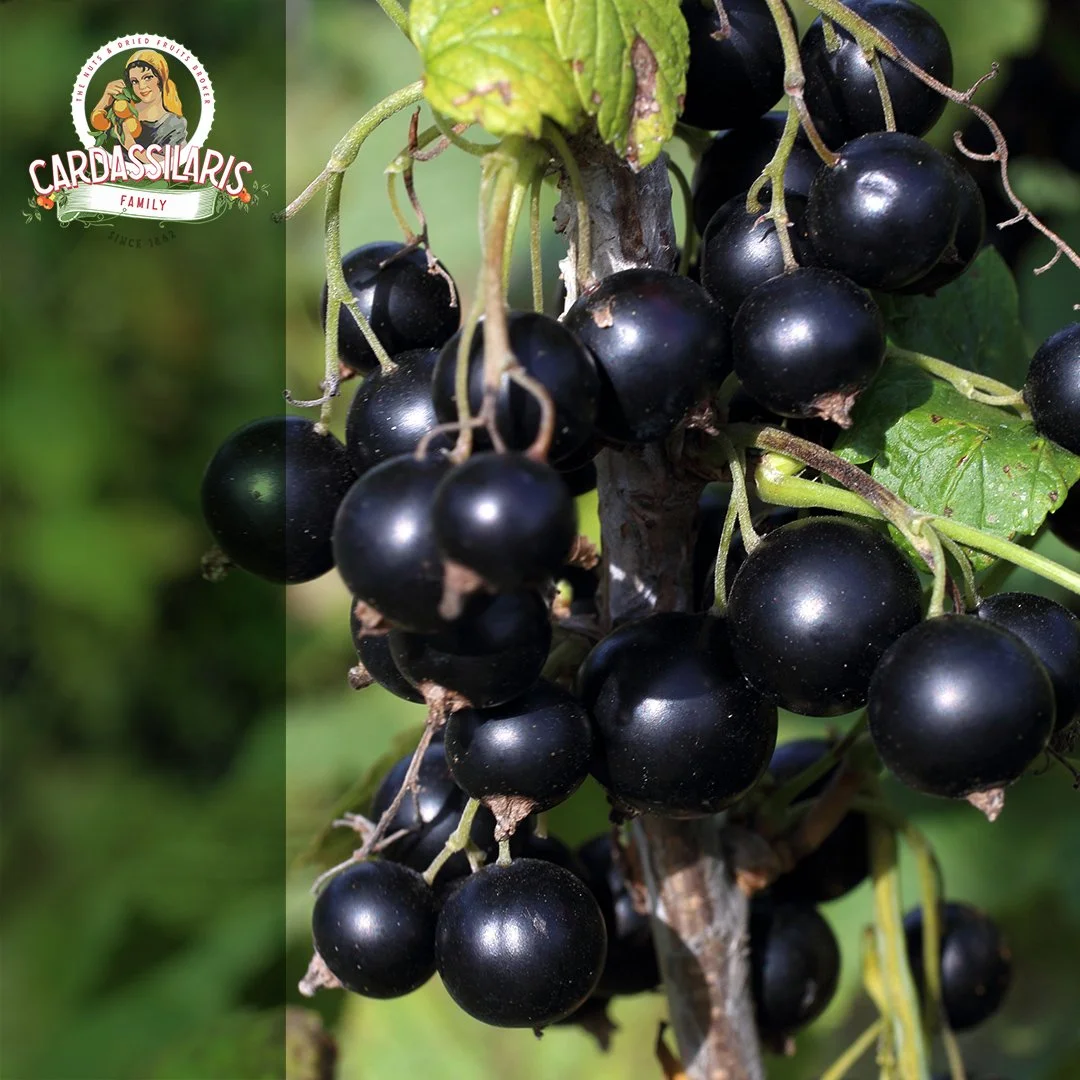Almond Market Update for October 2021
This month's been quite good for the industry. The weather has changed with the wetter season finally coming in California. This week there was as much as 1" to 2" of rain in the Northern part of the state, with another 6" of Sierra snow to go along with it.
Last week the Almond Board of California released the September shipment report.
The shipments of 227.64 million pounds were off -33.3 MM pounds from last year at this time. This is behind -12.8% last year's. This was led by exports being off -17.2 %, with 163 million pounds shipped versus last year's 197 million pounds. While domestic shipments were flat with 64 million pounds shipped, a slight improvement of 0.8 % from the same period a year ago.
The Market Trends
Prices drifted lower in the global almond market the week ending Tuesday as rain prompted some buyers to lower bids, while packers pegged the weaker prices to various issues.
California's Central Valley saw its first significant rainfall in months. The service said some parts of the Central Valley before the storm had received no more than trace precipitation since March.
The possibility of drought conditions continuing in the state's almond growing region is the primary reason sellers have been cautious about overselling. But if sellers appear dug into their positions, so do many buyers.
Buyers' reluctance to transact at the premiums sellers want for 2022 shipment is one reason year-to-date commitments are down 34% compared with last year's same period. It also helps explain why August's new sales sank to a five-year low and why September's new sales were 22% lower compared with new sales last September.
Demand
Demand continues to be strong leading up to the holidays. Europe and India are also showing buying interest. This has helped the market to find a trading range for the time being.
Shipping woes were bound to catch up eventually. However, last month was the second largest shipping month for September, second only to last year.
Last year's shipments can be considered an outlier, with an exceptionally large crop and concerns of the pandemic driving record shipments due to pricing uncertainty. Compare this September to two seasons ago, and the industry is 20% ahead in shipments.








